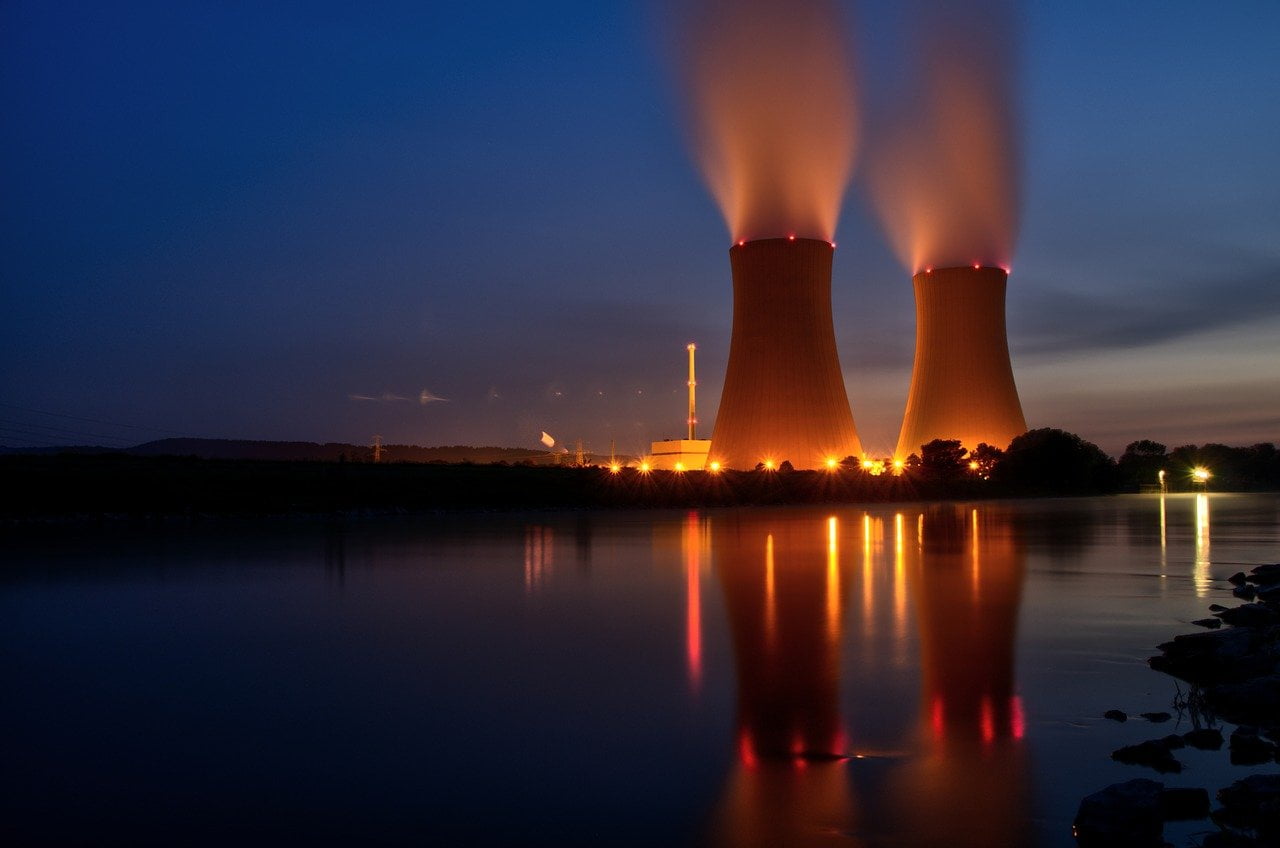In his podcast addressing the markets today, Louis Navellier offered the following commentary.
Energy Renaissance
Outside of energy stocks, the S&P 500 continues to be characterized by negative forecasted earnings growth. A major leadership change is now underway and I am anticipating that the stocks that post the biggest fourth-quarter earnings surprises are poised to be the new market leaders.
Q3 2022 hedge fund letters, conferences and more
I should add that major indices are now boosting their energy weights, so institutional managers are now net buyers since they traditionally like to “track” indices. One example is that the NASDAQ 100 in its annual rebalancing is adding Diamondback Energy, Baker Hughes, Costar Group, Global Foundries, Rivian Automotive and Warner Brothers Discovery.
While removing Baidu, DocuSign, Match Group, NetEase, Skyworks Solutions, Splunk and VeriSign. In other words, two of the six stocks being added to the NASDAQ 100 are energy stocks, while no energy stocks are being removed.
In the case of the S&P 500, energy stocks have surged to approximately 6% of the index, up from barely 2% a year ago. In the upcoming years, I expect that energy stocks will rise to approximately 30% of the S&P 500 as the institutional blowback against ESG investing spreads.
The ESG blowback will spread in the new year as many University Endowments and pension funds have to explain to their trustees why they avoided investing in fossil fuel companies for ESG reasons. The folks at S&P Global have muddied the definition of what ESG is when they booted Tesla from its ESG index back in May and added Exxon Mobil.
Just to demonstrate how powerful indices are, when S&P Global kicked Tesla out of its flagship ESG index to buy Exxon Mobil back in May, Tesla’s stock has since been crushed, despite record sales. Now the NASDAQ 100 is following S&P by adding energy stocks and removing some popular technology stocks.
You are now in an energy renaissance where the world had rediscovered the importance of fossil fuels as the G7 strives to break away from Russian energy.
The jury is still out on the G7’s $60 price cap on Russian oil. All I can tell you is my tanker stocks “gapped” up in the more aggressive services, so I suspect crude oil transportation is picking up. The LNG business is also now robust, now that a cold front enveloped Europe and natural gas demand is soaring.
The easiest way for Russia to get around the G7 $60 price cap is to just sell crude oil to China, India, Saudi Arabia & UAE, who can refine the Russian crude and sell it as refined products, like diesel, heating oil and jet fuel.
The primary reason that I expect crude oil prices to rise in the New Year is due to the fact that the Biden Administration is expected to stop draining a million barrels a day from the Strategic Petroleum Reserve (SPR), since is down to the lowest level since 1980 and the new Republican House is expected to be very critical of the SPR releases.
Furthermore, China is reopening and crude oil demand is expected to steadily rise. Finally, crude oil prices traditionally rally in the spring due to increasing seasonal demand. In my opinion, crude oil prices could easily rise above $100 per barrel in the upcoming months and eventually hit $120 per barrel during peak demand.
I should add that The Wall Street Journal reported this week that 180 million barrels of light sweet crude oil were released from the SPR this year at an average price of $96.25 per barrel, which has put almost $4 billion into the U.S. Treasury.
There are about 382 million barrels of crude oil remaining in the SPR, down from 593 million barrels at the beginning of the year. Interestingly, the SPR reached a peak of 727 million barrels back in 2009.
Close To Fed Pivot
After the Fed’s 0.5% interest rate increase on December 14th, the federal funds rate is now essentially at parity with the 2-year Treasury note and well above the 10-year Treasury bond yield.
The 10-year Treasury bond yield has declined 80 basis points since late October, while the 2-year Treasury note declined 55 basis points since early November. As I have said many times, the Fed never fights market rates.
During Fed Chairman Jerome Powell’s post-FOMC press conference, he refused to acknowledge that the fight against inflation is improving, even though core inflation, excluding food and energy, is steadily improving.
As a result, Chairman Powell appears to be at odds with market rates and the dramatic decline in Treasury yields in the past several weeks. It is clear that Chairman Powell wants to fight service inflation, especially owners equivalent rent, but if Treasury yields continue to meander lower, the Fed has to hit the “pause” button.
The Fed knows it cannot control food and energy prices, but as more evidence comes out that core inflation is cooling, the FOMC will have to follow market rates and stop raising key interest rates.
The Fed’s “dot plot” implied that the FOMC would raise key interest rates again at its next meeting on February 1st, but there will be a lot more economic news before the next FOMC meeting. The bottom line is that the Fed is very close to its last key interest rate hike. When Wall Street realizes that the Fed will soon stop raising key interest rates, I expect a big relief rally!
Coffee Beans
More than 112 million Americans are expected to travel more than 50 miles away from home this holiday season, with roughly 102 million Americans expected to be driving to their holiday destination, while roughly 7 million travelers will be flying home for Christmas. Source: Statista. See the full story here.






